Once a major at Washington and Lee University, archaeology is now only offered as a minor.
It’s also a program that is split between three spaces on campus that house relics of the university’s past, often in substandard conditions that fail to meet federal historic preservation standards.
Research archaeologist and instructor of anthropology Don Gaylord, along with his wife, professor Alison Bell, and their students are the excavators of Washington and Lee’s complicated past.
They are following in the steps of professor emeritus of anthropology John McDaniel and his students, who were the first to stick their shovels into school grounds in the spring of 1974.
The program’s faculty and alumni will be celebrating the 50th anniversary of their first excavation in April.
The celebrations will focus on McDaniel and his students’ initial dig on the back campus remains of Liberty Hall Academy, the institution’s main academic building from 1793 to 1803.
According to a research paper published by Gaylord in 2018, the university moved to its current location after swapping properties with Andrew Alexander, a graduate of Liberty Hall Academy.
Alexander’s wealth, collected by slave labor, was used to fund the university throughout its history through substantial financial donations.
Gaylord’s research also revealed that the enslaved population “fired the bricks, forged the nails, and understood the physics required to raise the walls of Washington Hall,” engraving their labor into the physical foundation of the university.
Throughout Alexander’s time as a plantation owner, he and his wife lived in the rector’s house close to the academy ruins. The building was eventually dismantled to build the Liberty Hall Farmhouse, the classic red farmhouse still standing today.
The farmhouse is one of three active archaeology labs on campus. The other two are in Early Fielding, a building that is scheduled to be torn down sometime in the next several years, according to the school’s 2021 master plan report.
One lab located in the upper level of Early Fielding was handed down to the archaeology program after university catering services stopped using it. Downstairs in the basement is the program’s newest space, vacated by the mailing services last year.
“I was able, through a lot of negotiations, to get temporary use of the mailroom for federal collections,” Professor Alison Bell said. “With all archaeological collections, there are minimum standards for security, humidity control, pest control and climate control.”
Bell said that the farmhouse lab isn’t remotely close to meeting any of those standards.
This is concerning, she says, because it has been used to house Liberty Hall artifacts that reveal the university’s institutional roots as well as federal artifacts.
“We don’t own them. We curate them, and there are laws regarding the curation of federal artifacts,” she said. “We don’t meet those.”
Bell was hired during McDaniel’s phase of retirement and is a 1991 alum. She has been a full-time professor since 2002.
She said McDaniel inspired her to study and teach archaeology—and to eventually return to Washington and Lee as a professor.
But Bell said that the lack of resources provided by the university has hampered her own career in detrimental ways. She added that Steve McAllister, treasurer of the university, is the only administrative person who has been more helpful in recent years.
She said McAllister has been instrumental in getting resources for a new restoration project near Liberty Hall ruins on a building foundation that used to belong to the Liberty Hall steward’s house.
“I worked on getting facilities to make an accessible path for anyone to get onto the site,” McAllister said in an interview. “The next piece in the Liberty Hall project I’ll be involved with is creating an interpretive sign on the finished building to explain what is going on there, and what happened historically that may not be visible right now.”
McAllister also said that the archaeology program has been given inadequate funding and facilities.
The lack of support from the university is nothing new in the history of the archaeology program.
McDaniel, Washington and Lee’s first professor of anthropology, said he donated his own car and archaeological tools to the university when he was establishing the program with his wife, Nell, back when he was first preparing for the Liberty Hall excavations.
McDaniel also established the James G. Leyburn program in 1979 in dedication to his mentor.
The endowed program was kickstarted by a donation by McDaniel and his wife to provide funding to W&L students and alumni looking for opportunities in archaeology.
From 1973 to his retirement in 2004, McDaniel taught several popular anthropological courses and maintained co-ed field schools for archaeological students from across Virginia.
These co-ed field schools started all the way back in that first year of McDaniel’s Liberty Hall excavations, a whole 15 years before the university matriculated its first undergraduate women.
During next month’s anniversary celebrations, Bell said she hopes that students and alumni will be able to come together and talk about McDaniel’s impact on the department.
“I would like … for it to be clear that McDaniel’s impact is not over. It continues in many ways,” Bell said. “He got archaeology started here.”



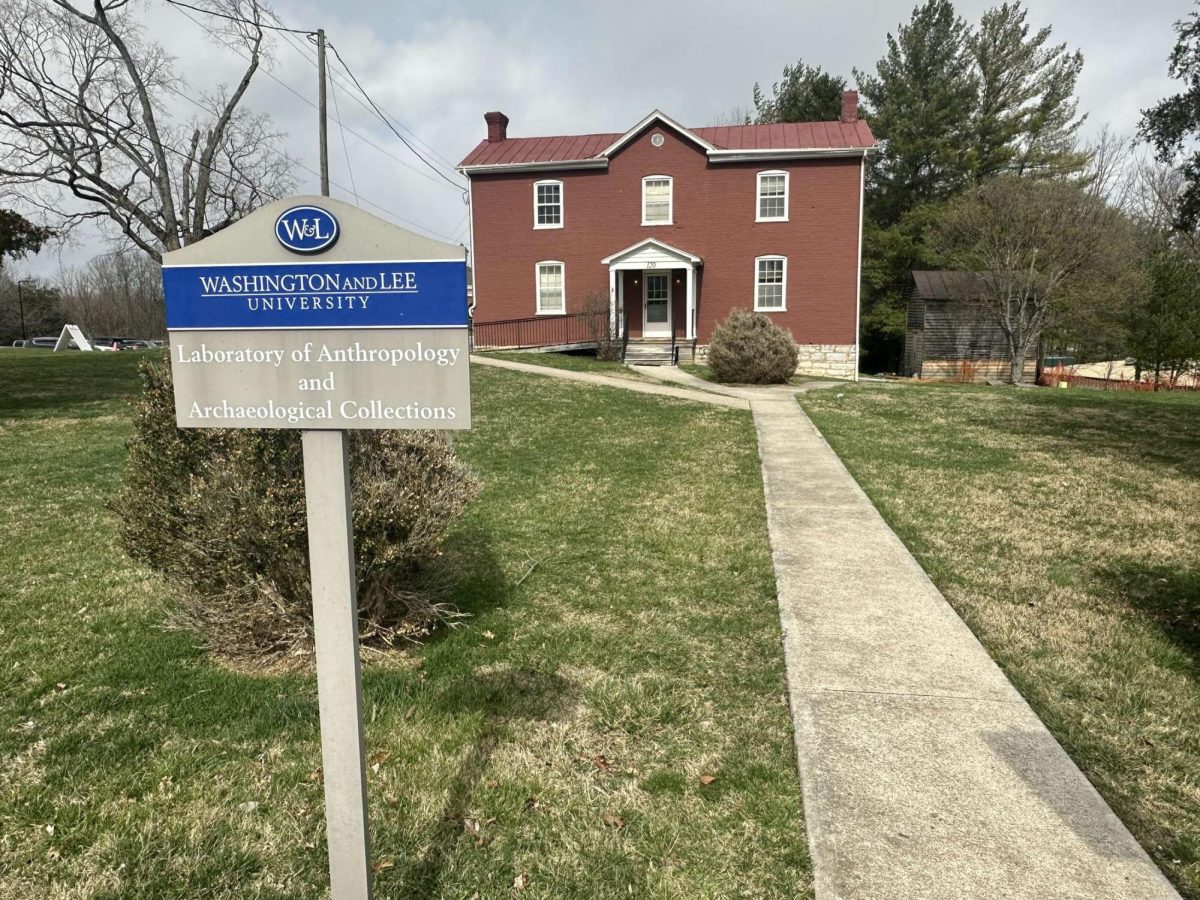


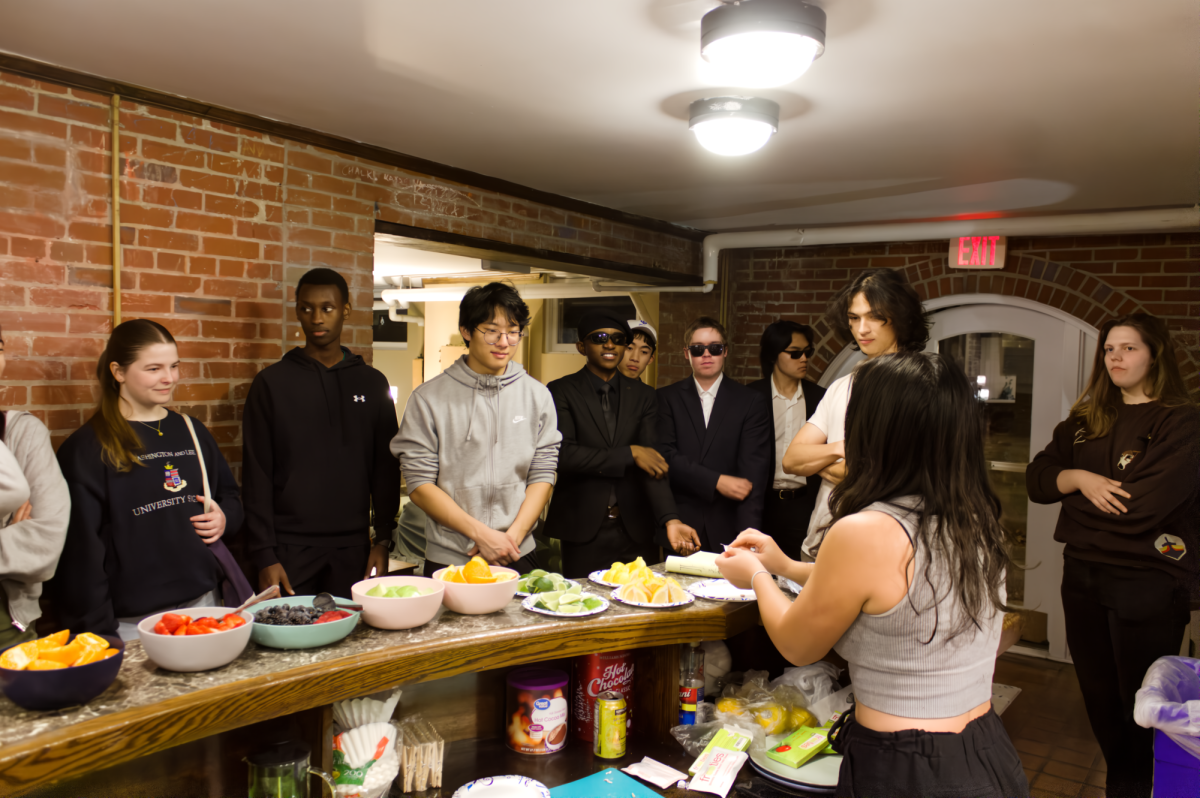
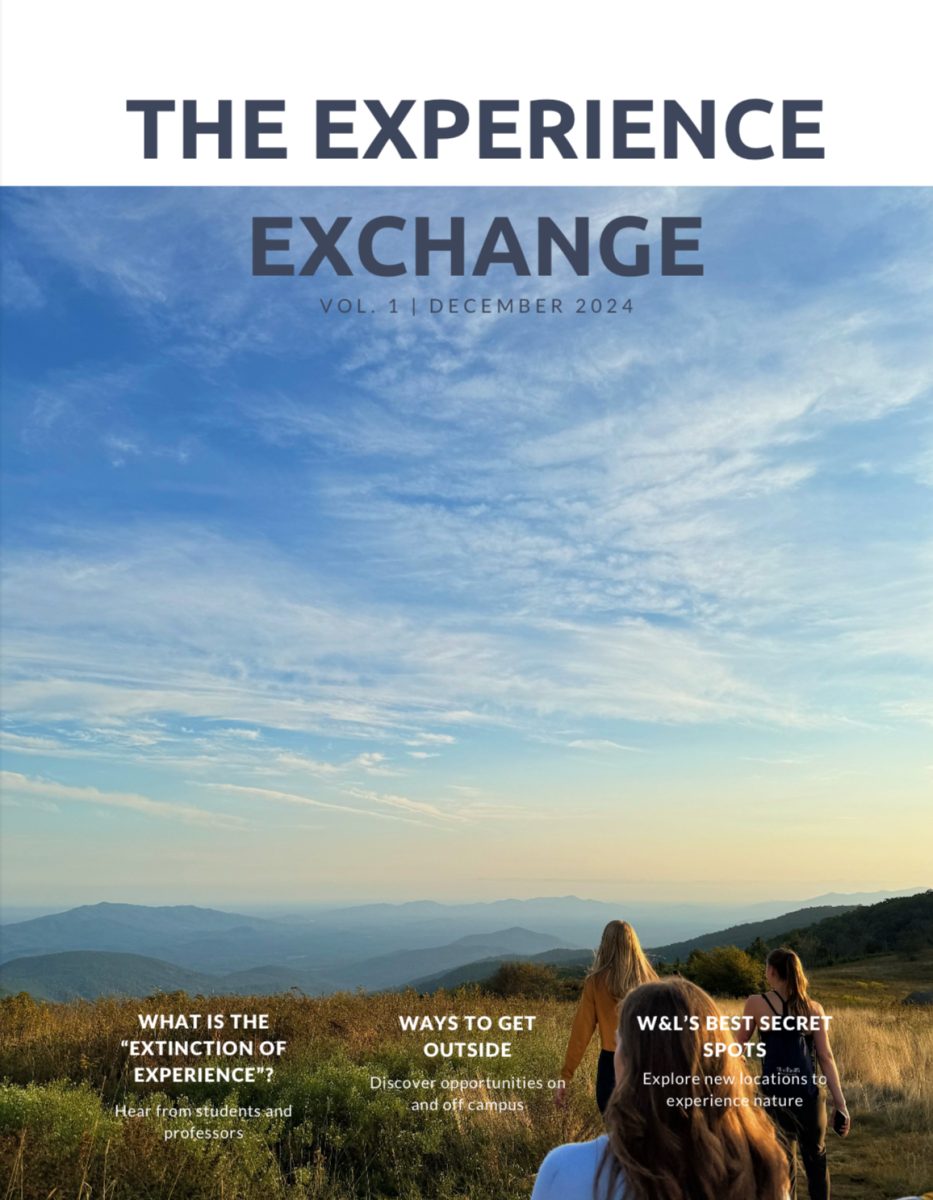
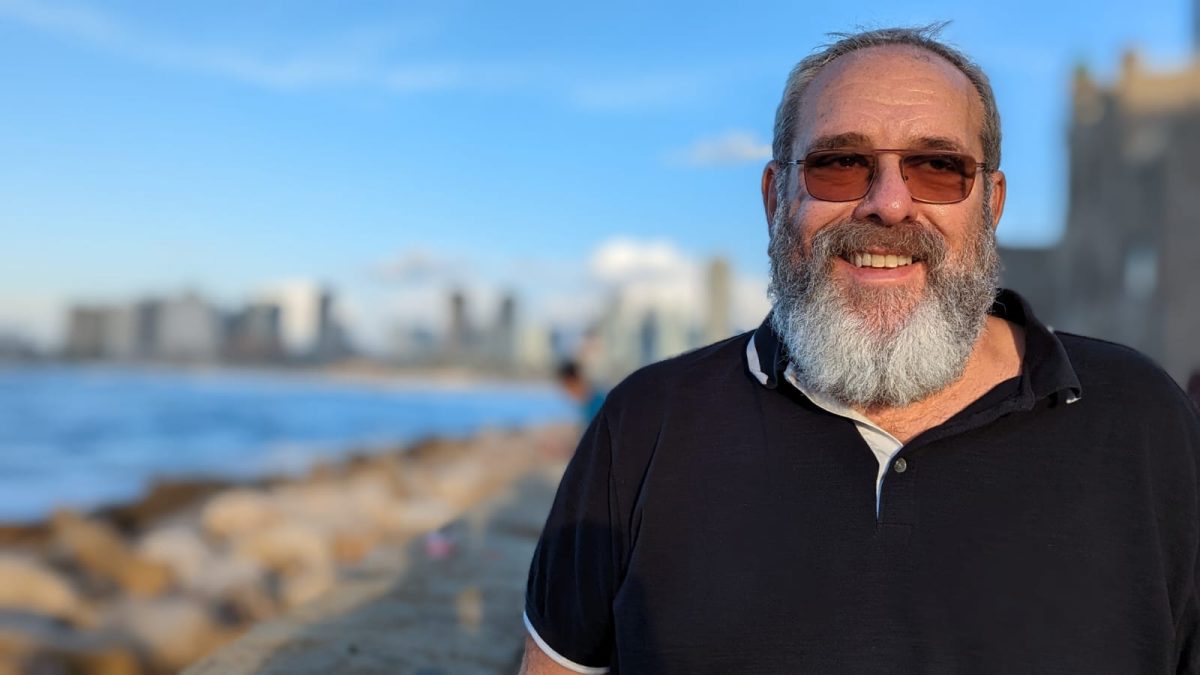

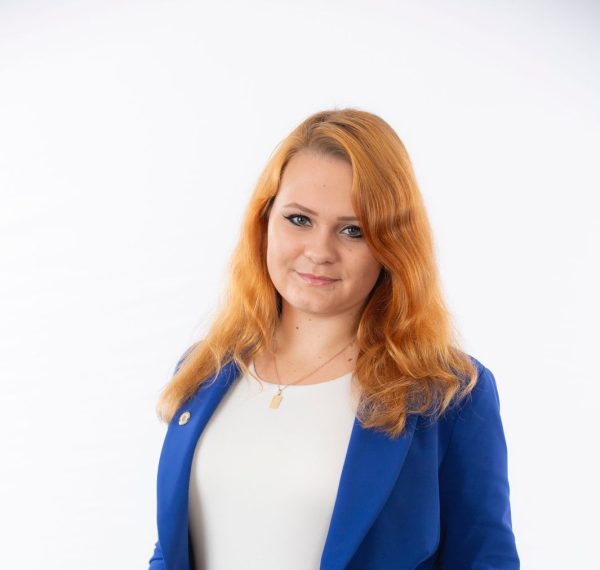
John P. McCarthy, RPA • Mar 27, 2024 at 12:50 pm
It is popularity believed that the only jobs in the modern economy are in Stem fields. This is completely erroneous. Archaeologists, architectural historians, natural resources specialists, and more are in huge demand at salaries comparable to those of many with more traditional hard science degrees. I work at Delaware DoT, and we have openings in these fields that we have not been able to fill. A consulting engineering firm in the Northwest is offering up to $107,000 for an experienced archaeologist. University and college administrators nationwide need to get their heads out of their butts and provide the training the markets need beyond STEM.